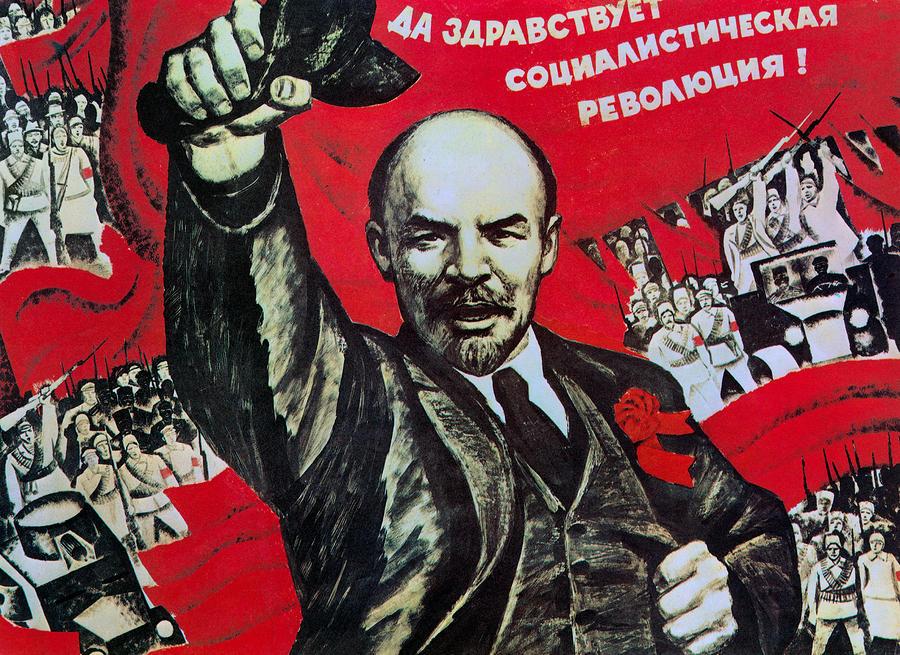The new economy of the Soviet Union
The so-called NEP (New Economic Policy) was the type of economy adopted in the Soviet Union with the aim of taking the country out of the crisis after the civil war. Capitalist elements were used with communist ideologies.
In 1917, Russia underwent a revolution that overthrew the tsarist regime in the country. Until that moment, it was a country governed by absolutism and with a feudal mode of production.
With the Russian Revolution of 1917, communism was installed by the Bolshevik Party.
The Bolshevik Party, which ruled Russia, had many opponents, who called for changes in the system.
Sailors from Kronstadt rebelled against the Bolsheviks, wanting the group to leave power and the establishment of a proletarian democracy under collective administration. This movement caused the State's initiative to create a New Economic Policy.
At that time, Russia was not in a good situation and war communism could not continue in this way. It was necessary to try something bold and reorganize the country.
Lenin, the creator of the New Economic Policy of the Soviet Union
Lenin was the right man for the occasion. He was the creator of NEP (New Economic Policy). He called it a mixture of tsarism and capitalist practices shaped by the Soviets. Thus, it was established in 1921, in the Soviet Union, where it established collectivization and forced rationalization of the means of production.
Its principles were based on: establishing freedom of internal trade, freedom of salary for workers, authorization for the operation of private companies and permission for the entry of foreign capital to rebuild the country.
With these measures, the private sector returned to exploring small agricultural, industrial and commercial centers.
This new economic system demonstrated the association of socialist, capitalist and traditional economic measures in the Soviet Union.
Peasants sold a share of their products to the State for a fixed price and the remainder sold on the market. Capitalist enterprises emerged in commerce and small industries. In this way, competition emerged.
But, ultimately, these measures caused the Soviet Union to reorganize its forces. The results appeared quickly and the impact appeared on agricultural production, the road system and small industries.
This economic policy was in force until 1928.

